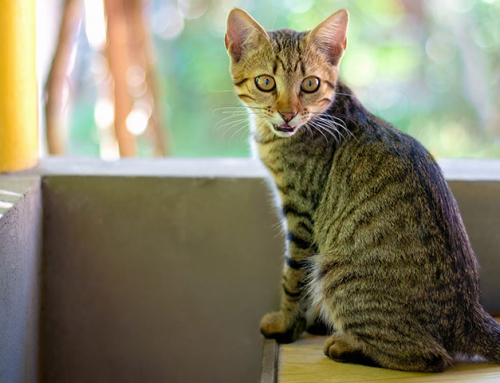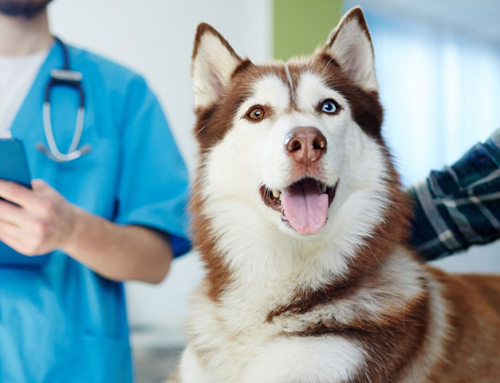It’s Saturday morning as I write this. My cats are in “cat jail”, the bank of cages that I keep in my family room should I need to bring home a patient from my general practice. They aren’t pleased, but I have contractors here replacing some windows. I’ve got them kenneled until the fellas finish the slider in my bedroom at which point I can lock them in my bedroom and master bathroom (where their litter box resides) while the workers finish the other windows. It got me thinking about how we humans alter our schedules to accommodate our pets’ potty needs. This can be particularly challenging when a pet needs to potty more frequently than the average pet. Yes, I’m talking about diabetics.
Traveling with pets can be awkward. When I moved from Oregon to Florida a few years ago, I opted to fly instead of drive with 3 cats. As we say in the Sutton household, “If kitty ain’t happy, ain’t nobody happy”. I thought a five day drive would be harder on them than an overnight flight with a layover – except I wasn’t sure how they would relieve themselves. That was a dilemma. Had we driven I could have simply nestled a litter box between a front and back seat. Nonetheless, my cats scream like someone is beating them with a sharp stick when they even travel the ten minutes it takes to get to my vet clinic. So, we flew. I ended up buying a row of seats on the plane and used collapsible carriers with lots of padding made of layers of wee wee pads. I had to buy empty human seats where 2 of the cat carriers took up foot space. Yep, six one way tickets because I love those darned cats. I offered them a litter box at the layover in a Texas airport. It wasn’t pleasant, but we lived.
I think traveling with dogs is a little easier if you choose to drive. For folks who drive with diabetic dogs, it’s probably wise to hit every rest stop along the corridor.
If you aren’t traveling but perhaps need to be gone all day, doggy doors can be fantastic provided you live in a safe neighborhood and have a fenced yard or patio. Some doggy doors have electronic mechanisms that let the pet through from a signal on a gadget attached to the pet collar. Of course we hope that bandits aren’t skinnier than the size of our pet door… Many moons ago I lived in an apartment with a small enclosed patio. I was working emergency and pulling a lot of long overnight shifts, so my dog usually came to work with me. However, in a pinch when I couldn’t take my dog to an occasion I would leave the slider open just enough so my then Italian greyhound could go potty in the tiny grassy area in the patio if he was home alone for a long spell.
Doggy daycare has gone from novelty to commonplace, particularly in urban areas with the workaholic, upwardly mobile crowd. Since many of us view our pets as family, and oftentimes like our pets more than our human family, it may be worth the added expense to drop a doggy off for a day of fun with his buddies. Regular opportunities to potty are provided by the daycare staff.
One of my favorite options for those with dogs who work long hours away from home is hiring someone to come let your pet outside. Dog walkers are readily found in most communities. Or better yet, you may find a trusted neighbor kid who may want to earn a buck. I’m usually friends with my neighbors. It’s not uncommon for me to have neighbors come feed my kitties when I’m away for a weekend. And, when neighbors leave I often will babysit their dogs. It builds for strong communities. I love that as I walk my neighborhood I know most of the families and pets that live near me.
Taking a pet to work or running home midday to let Fluffy outside is an option if you have a really understanding boss or work close to home. When I pet-sit my best friend’s dachshunds, I bring them to work if I know I have a busy day scheduled. If my day is lightly booked and I figure I should be able to run home at lunch, I leave them in a spare bedroom that has a tile floor with a sturdy gate. That way if the not-so-potty-trained male has an accident I’m not cursing his name when I get home. One of my neighbors has a similar dog corral. He calls it “Puppy Alcatraz”.
Of course we can’t forget wee-wee pads. In general I’ve not been a huge fan of wee-wee pads. I figure it is confusing to pets why they can potty on a wee-wee pad, but not on a rug or someone’s clothing casually tossed on the floor. Additionally, they aren’t environmentally friendly as they fill up our landfills. Nonetheless, for critters smart enough to discern the difference, wee-wee pads are a good way of getting the pet through the day while you are off at work, bringing home the bacon. I’ve also met a few small dogs who were litter box trained. If your pet currently uses a wee-wee pad, you can try placing the wee-wee pad next to a shallow plastic bin (some form of litter box). Then you can gradually move the wee-wee pad into the litter box. Then you can sprinkle some good mews cat litter onto the wee-wee pad and eventually use the newspaper cat litter alone.
Now, our regular readers know we are all about education and controlling the diabetes to limit the clinical signs. If your pet’s blood glucose is well regulated, the need to pee excessively is dramatically diminished. It’s nearly like having a non-diabetic pet in regards to having to potty. This of course is a big goal of diabetic management, controlling the clinical signs and restoring quality of life.
As always, I enjoy hearing from our readers and clients. You can email me at [email protected]. I get a lot of our article topics from questions by readers.
NOTE: Consult your veterinarian to confirm that my recommendations are applicable for the health needs of your pet.






Leave A Comment